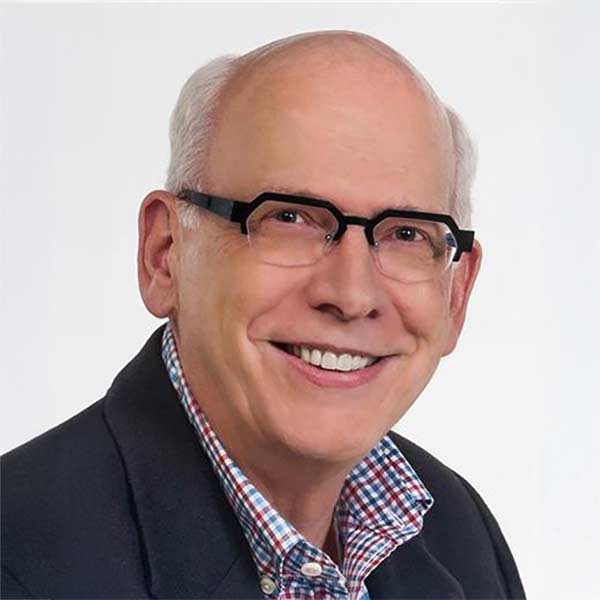Except during our periodic meetings with clients in which we parade out their recent and long term performance, I almost never get a question related to what happened in the investment market or the economy yesterday, last month, last quarter, or last year. Yet, I get tons of questions framed around what’s going to happen next month, next quarter, next year. It’s as though people think that investment advisors in general, and I in particular, have some sort of crystal ball. Well, guess what? I don’t, and for that matter, neither does anybody else in this busines. That does not mean, however, that we don’t have some insight into what can probably help our clients, and you our dear reader, achieve a higher level of well-being over the course of 2015 and into the future. That prospect is what keeps me going yea- afte- year, or in the case of this column, mont- afte- month.
In response to such questions, advisors are prone to drag out reams of data quantifying the past in an effort to satisfy the seeker. Many assert or at least imply, with an air of certainty, that they can predict what is going to happen. For instance over the last decade, a legion of otherwise intelligent voices cried out that housing prices could never go down; that financial Armageddon was at hand in ‘08 and ‘09; that the Fed’s zero interest rate policy would definitely bring robust economic growth; that its quantitative easing programs were tantamount to money printing and would surely result in hyperinflation; that interest rates could not go any lowe We all know, in perfect hindsight, the fallacy of each of thes. Yet the cacophony continue presently it’s either about the price of oil for which they say “everybody knows it can’t go lower” or the record-setting prices of stocks for which the prediction is a fall or complete collapse. My caution here is to be especially alert when anybody, especially a financial advisor, uses the words: “Certainly,” “Surely,” or “Everybody knows.”
Over the past three years, we have followed a path of seeking to participate in growth but with a relatively high degree of caution. As the U.S. markets are hitting all-time highs (as of this writing at least) it is not time to totally throw caution to the wind. However, one does not have to become imprudent to adopt a more optimistic stance and to become more aggressive toward the accomplishment of goals and objectives—even investment objectives. That is our intent in 201 Many would take such a statement to be my prediction that 2015 will produce another year of stellar returns for financial assets. It might, but if that is what you heard, please go back and re-read the first paragraph. What this market calls for is some clear thinking about risk, not just return.
The problem is that most people have a disconnection, often unconscious or unspoken, with their advisor when it comes to defining risk. You see, most advisors and academics still think of risk as volatility or fluctuation. However, most of our clients have told us that some volatility is acceptable, but the loss of capital is not. Howard Marks of Oaktree Capital Management wrote extensively about this in a 2006 memo and in his subsequent book, The Most Important Thin He believes, like us, that volatility is the preferred measure of risk among academics because it is quantifiable. He calls it “machinable.” We have said over and over that volatility is a type of risk that we must befriend and even use to our advantage when present, but that it is not the chief concern of most clients. On behalf of our clients, we are most concerned with making enough return to warrant risking permanent loss to capital, while at the same time minimizing that loss whenever it is possible to do so. Some risk, so defined, has to be tolerated but should not be allowed to become large and permanent. That often requires some psychological adjustmen I am hoping that you resolve to address this in your investment planning for 2015.
We can model the probability of this kind of loss, and we do, using some very sophisticated tools, but let’s be certain about one thing: even the true probability of permanent loss is unknowable. So what is one to do? Adopting an appropriate investment strategy that matches one’s outlook on risk/return, and to an even greater extent one’s rational beliefs about the market, is paramount. So the key question to ask yourself as you embark on 2015 is not what is the market going to do in 2015; but rather it is what is my goal for 2015? Does my advisor know what it is? Do we have a strategy that is matched to the goal? And does my advisor have the tactical expertise to implement and maintain the portfolio in accordance with my strategy? Just as importantly, one should ask: What is my plan for dealing with surprise? After all, one does not know what one does not know.
Our hope for each of you is that 2015 will be your Best Year Yet!
Scott Neal, a CPA and CFP, is President of D. Scott Neal, Inc., a FEE-ONLY financial planning and investment advisory firm with offices in Lexington and Louisville. He can be reached at scott@dsneal.com or toll free at 1-800-344-9098.







